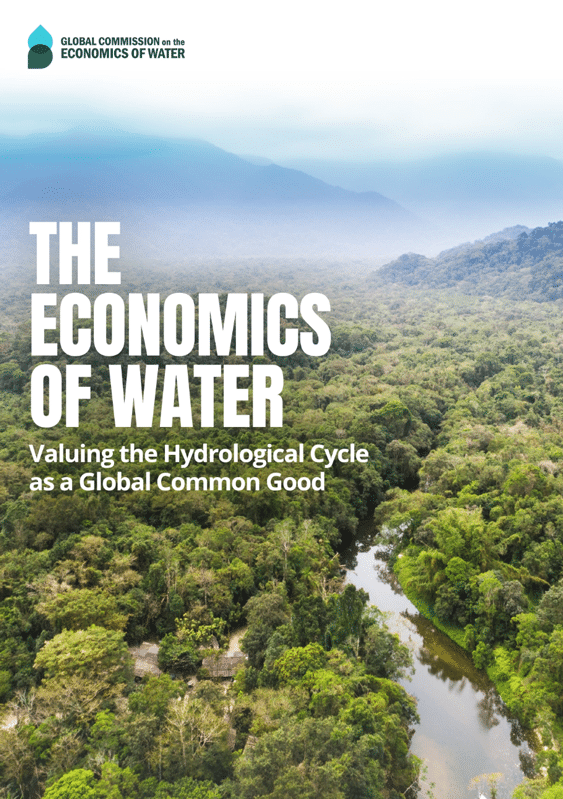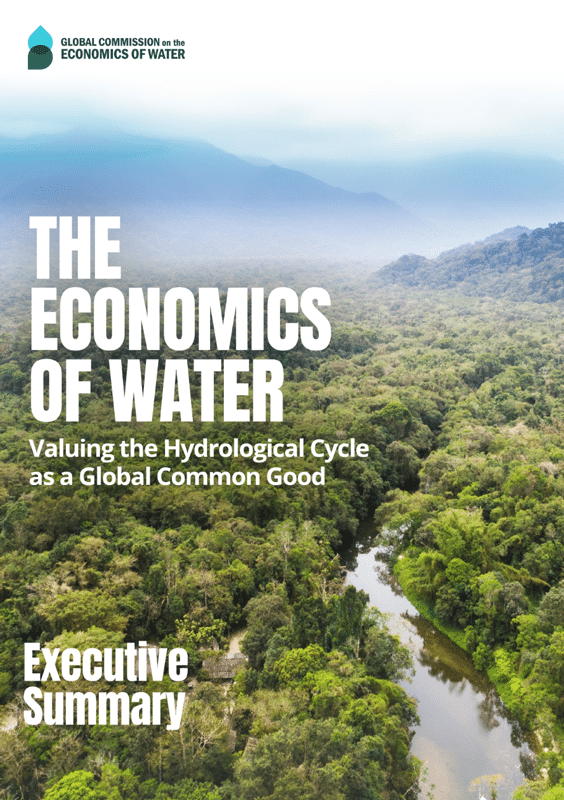Executive Summary
Governing water globally transforms crisis into opportunity through equity and sustainability.
Chapter 01
Introduction: Transforming the world’s understanding of the economics of water
Chapter 02
The hydrological cycle as a global common good
Chapter 03
Towards a new economics of water
Chapter 04
Pushing the economics: The case for shaping markets
Chapter 05
Innovations to tackle water’s critical mission areas
Chapter 06
Partnerships, property rights, and contracts for more water justice
Chapter 07
Finance for a just and sustainable water future
Chapter 08
The governance of water utilities
Chapter 09
Harnessing data as a foundation for action
Chapter 10
Opportunities for Just Global Water Governance
Conclusions







